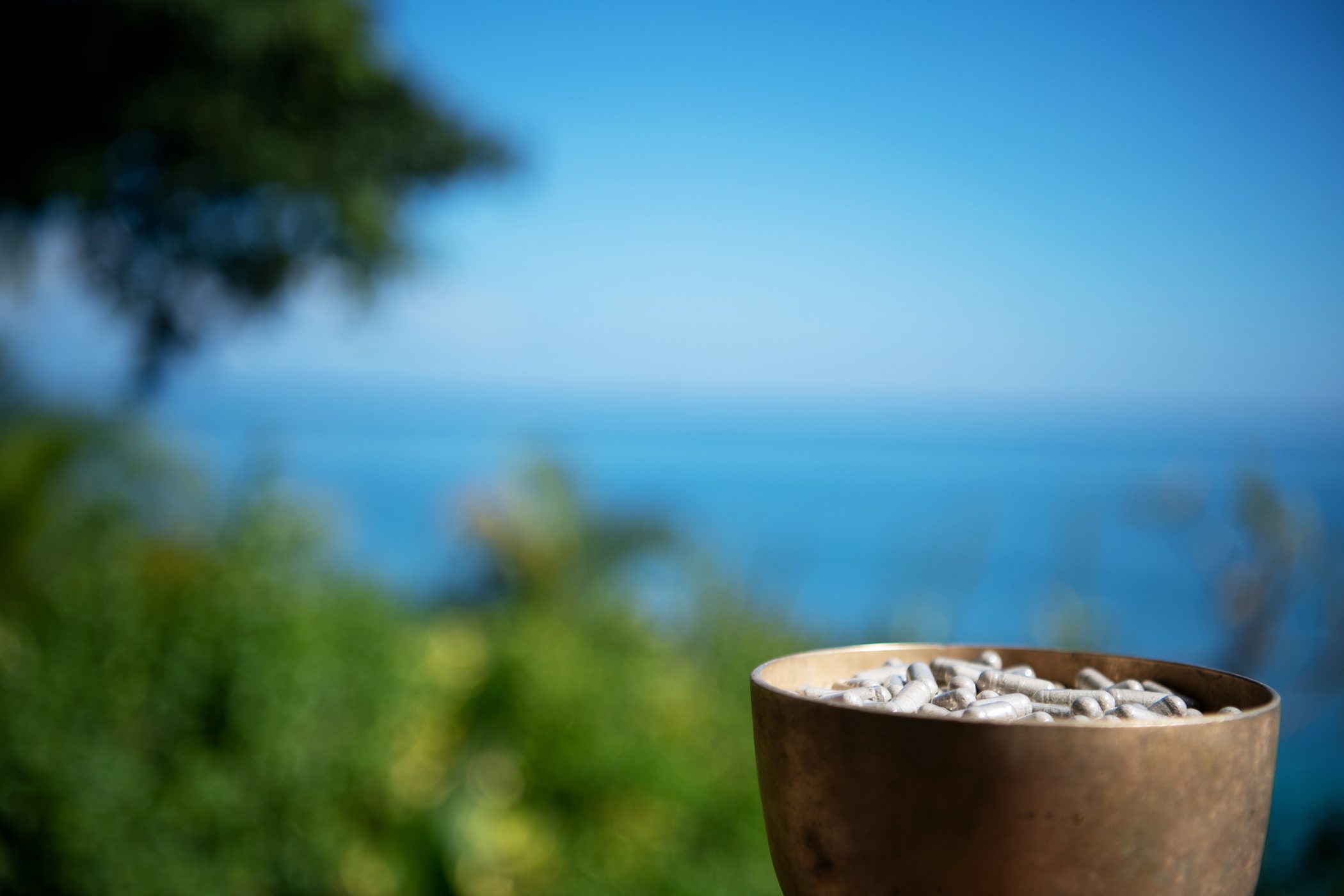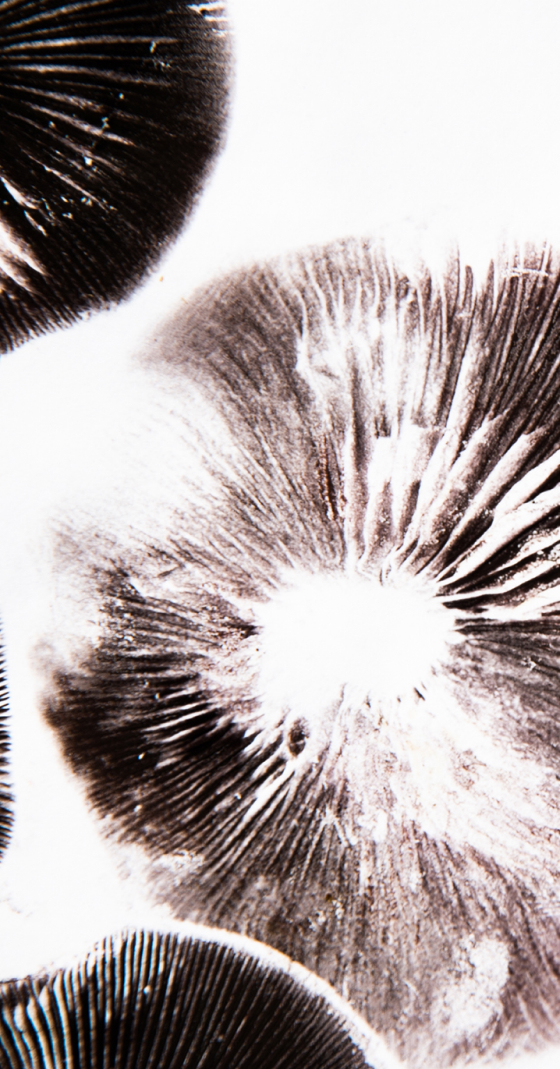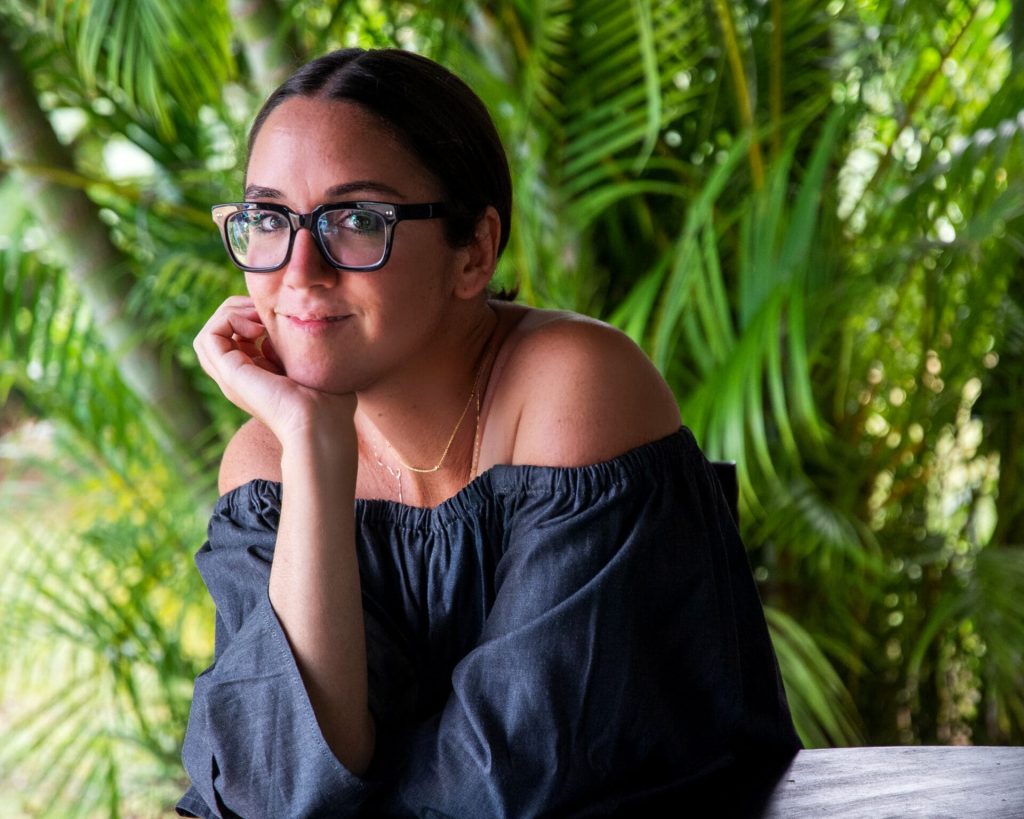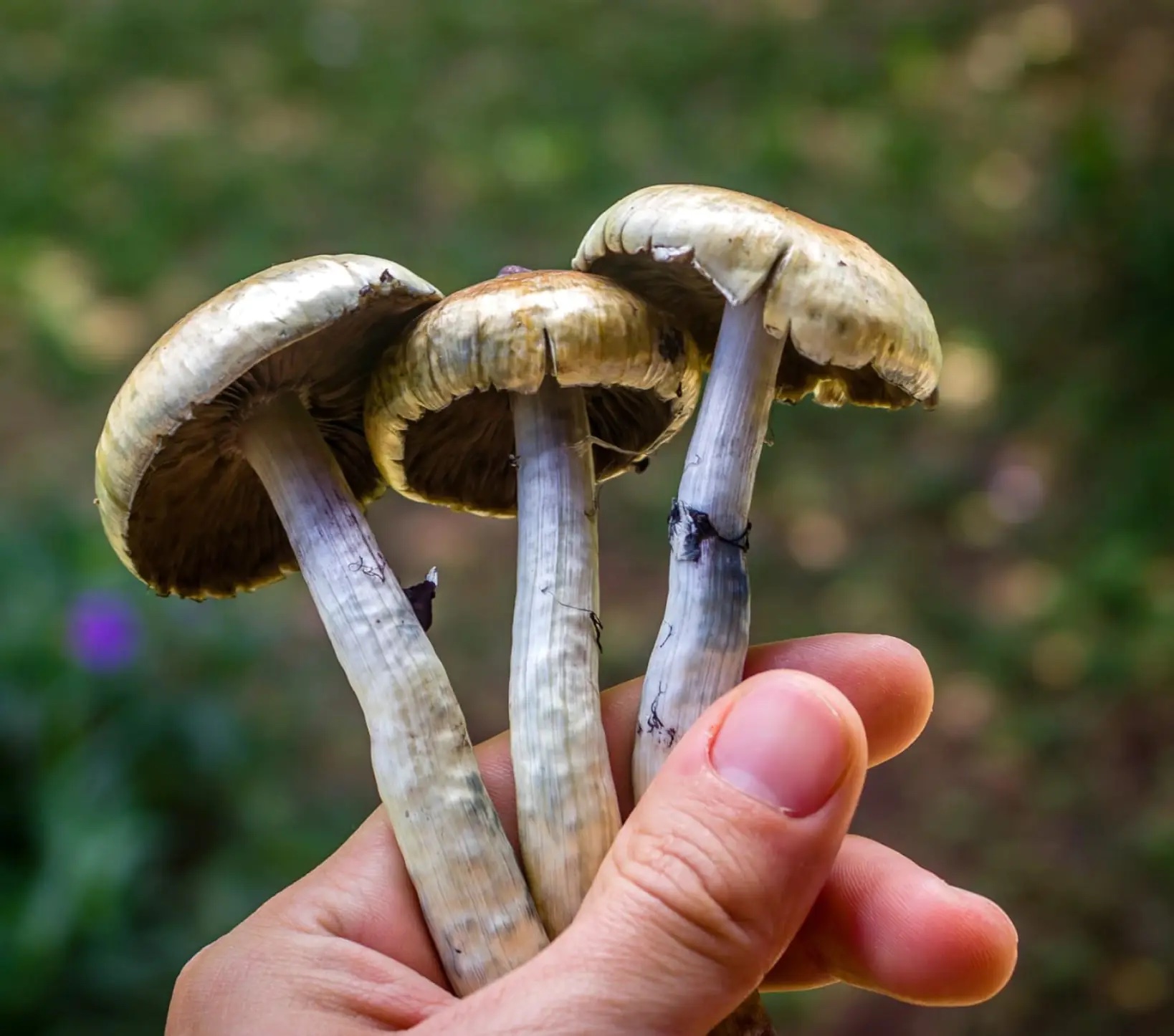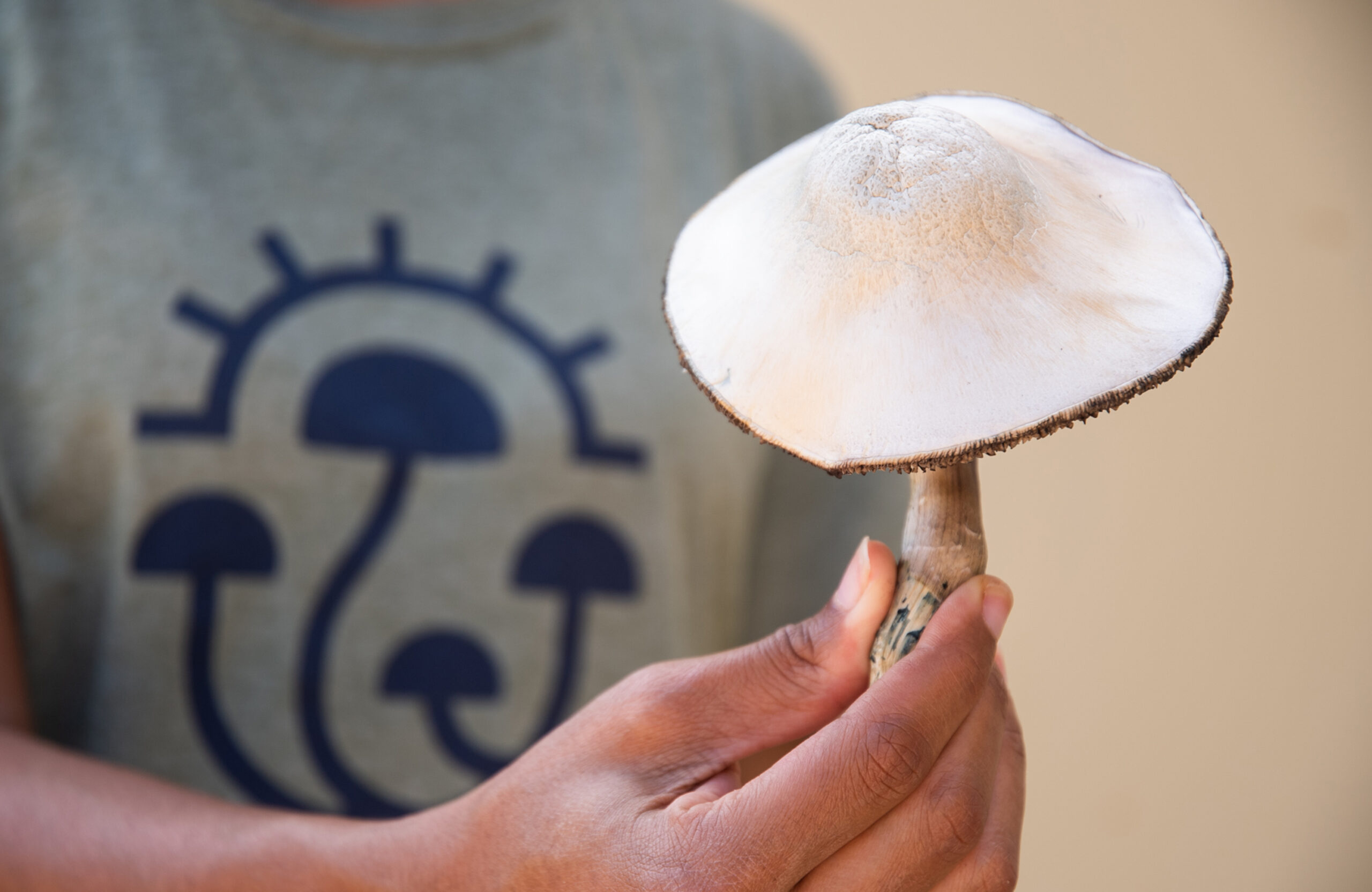
Microdosing Psychedelics is Not the Same As Psychedelic Therapy—Here’s Why
At MycoMeditations, we understand the difficulties of living with depression, anxiety, and other mental health challenges. Psychedelics are gaining traction as a way to better tackle these challenges, and various options ranging from microdosing protocols, ayahuasca retreats, ketamine clinics, and psilocybin retreats like our own are emerging for people to try.
Microdosing in particular has gained popularity as a way for people to try and experience the potential benefits of psychedelics, magic mushrooms in particular, in an attempt to improve their mood or conditions. News outlets from The Guardian to The New York Times and National Geographic have written extensively about this growing trend, and microdosing retreats for mental health issues have started to appear as discussions of psilocybin-assisted therapy become more mainstream.
We, however, are not a microdosing retreat. Read below to learn the differences between microdosing and what we do at a MycoMeditations retreat.
Supposed Effects of Microdosing: Does it Work?
This supposed convenience of avoiding challenging psychological experiences with smaller doses of psychedelics is actually what makes microdosing a less than ideal psychedelic treatment. To reap the real mental health benefits of psychedelic therapy, people must be willing to face challenging or even frightening experiences. The potential benefits of taking a high dose of psilocybin when done intentionally in a safe, supportive setting with time to effectively integrate the experience far outweighs the subjective effects that will come with microdosing.
So how would we compare microdosing with macrodosing at MycoMeditations psilocybin-assisted retreats? Are you considering trying a microdosing retreat? Continue reading to learn the differences between our methodology and microdosing.

Comparing Microdosing to Macrodosing: What Happens at MycoMeditations
If microdosing is a term that everybody can recognize by now, then you might call what we do at MycoMeditations macrodosing. Instead of taking sub-perceptual amounts of psilocybin mushrooms (0.1g, 0.2g) as with microdosing, we provide guests with high doses in the range of 3-15g of dried psilocybin mushrooms during their stay with us. This is also referred to as a heroic dose. The amount generally increases in this range throughout the retreat week with each of the three dosing sessions. The dosage depends on many personal factors for the guest that we determine through our protocol.
Why do we work with such high doses? We repeatedly see that people with intractable cases of depression and anxiety simply need to be pulled out of the negative mental pattern they are stuck in. This is where the Default Mode Network, or “DMN” comes in.
Mystical Experiences & The Default Mode Network
The Default Mode Network describes the state of our brains when we are at rest. The DMN is often associated with activities such as daydreaming and self-reflection. For many people with mental health conditions such as depression or anxiety, the DMN essentially causes them to negatively ruminate constantly.
Psilocybin has been proven to reduce activity in the Default Mode Network, which allows the brain an opportunity to create new neural connections. This process is greatly enhanced when taking larger doses compared to microdosing. With the DMN offline, people have a window for novel experiences. They can learn to better relate with themselves, others, nature, or society. This rich, new experience then factors into the brain’s neural connections when the DMN comes back online. With effective psilocybin therapy and integration, the Default Mode Network takes this fresh experience into account and helps the individual find a “new normal”.
Positive Effects of Higher Dose Magic Mushroom Sessions
MycoMeditations psilocybin-assisted retreats also create cathartic sensory experiences. Besides the process involving the Default Mode Network, psilocybin also acts as a chemical key to open people up to deeper layers of the mind, which isn’t possible in the same way with microdosing.
With higher doses of psilocybin mushrooms, many of the emotions and feelings that have been subdued, ignored, or forgotten begin to emerge. These are often experiences that stem from childhood and our earliest encounters in life, at times even including somebody’s birth process. High-dose psilocybin therapy allows somebody hours of time to work with their most deepest, core emotions and memories. In this time, an extraordinary amount of healing can be done. Microdosing simply will not open you up to this level of depth, or provide the same level of therapeutic benefits.
Here’s an analogy to describe macrodosing experiences: Imagine the various layers of soil being your mind. You have the topsoil all the way down to the bedrock. Microdosing, as with conventional therapy, can help in doing work at the uppermost layers, as they can activate new perspectives, insights, and create subtle shifts. Whereas at MycoMeditations, providing larger doses of psilocybin is like drilling into the bedrock. These deeper layers (of our psyche) is where our problems stem from and where trauma is buried.
High-dose psilocybin therapy aims to go to the root cause of psychological suffering, including dealing with traumatic experiences. In order to cope with trauma, an individual’s psyche often uses defense mechanisms such as repressed memories, or dissociative amnesia.
Dealing with Psychological Effects & Challenging Experiences
Of course, these types of psilocybin experiences can be challenging and frightening. That is why we staff our retreats with trained therapists and facilitators and provide guests ample time each day to reflect and integrate their experiences.
Microdosing may ensure you won’t have difficult experiences. However, our position is that courage to face uncomfortable feelings is needed to heal.
That isn’t to say that these profound experiences on high doses of psilocybin mushrooms are always difficult — often they are the most blissful experience someone will ever have! The key is being prepared and supported, because the therapeutic outcomes can be tremendous with high-dose work.
We hope this helps you understand the differences between microdosing and our work at MycoMeditations. At the end of the day, regardless of whether an individual chooses to explore a microdosing retreat or high-dose psilocybin retreat like ours, healing is defined by nobody besides you.

Are Psychedelic Retreats and Transformational Travel the Trend of the Future?
“I can honestly say that I am not the same person as when I left,” says Montgomery, a participant at MycoMeditations Psilocybin Retreats in Jamaica. A mother and wife from Louisiana, she says, “The inner critic is no longer screaming, and there is peace within me that has never existed before.”
Travel experiences like people, food, new culture, and natural beauty leave an impact. But the connections, challenges, and emotions lead to self-discovery and are the memories we take home.
The power of travel changes us, a phenomenon known as transformational travel. And as more people seek experiential travel, self-development, and healing, the call abroad to experience plant medicines like psilocybin or ayahuasca retreats is felt by many.
For years, the next adventure could only happen outside the walls of spas and all-inclusive resorts. But the new frontier is balancing an outer journey by going inward, with transformational psychedelic retreats teaching tools like meditation and yoga, while still enjoying the comfort of a relaxing vacation.
While there is some skepticism around parts of the wellness space, a safe and well-facilitated psilocybin mushroom retreat is one of the most reliable ways to create a truly meaningful and significant experience. The healing and transformation possible with psilocybin are well documented by research and thousands of years of traditional use around the world.
What is Transformational Travel?
If you are seeking more from travel, you are not alone. Recent surveys show 57% percent of people ranked transformative travel as high importance, which essentially means a trip that changes you. The Transformational Travel Council, an advocacy group for “good travel”, says it focuses on “intentionally traveling to stretch, learn and grow into new ways of being and engaging with the world.”
Perhaps part of the transformative travel trend is spiraling mental health conditions around the world. The World Health Organization estimated in 2019, one in every eight people live with mental health challenges, with anxiety and depression being the most common. People continue to prioritize travel with each passing year, both in younger generations and older generations.

Travel and Personal Growth
The state of mental health demands alternative approaches and exploration. Travel is known to already provide a slew of mental health benefits, such as relaxation, life satisfaction, personal growth, and improved quality of life. Studies back up the benefits a new adventure has to people’s lives:
- Happiness and outlook– 80% said travel improved their mood
- Increase energy– 94% of travelers had more energy at work after travel
- Lower stress levels– 75% said travel lowered their stress
Other research shows how travel to a new destination can connect with creativity, creating the understanding that can transform our lives and help overcome mental health issues. Psilocybin pairs well with this, with many researchers and artists showing that psychedelics can increase creativity too, while perhaps one of the most potent tools to turn a short trip into a transformation that lasts.
For the next trip to contain new ideas, break the daily routine, and leave the comfort zone, real adventures into something a bit more unknown are often needed. It’s true a relaxing vacation or yoga retreat might offer some relief, but all too often, we return to daily life only to simply restart old patterns. To truly make a positive change and embrace new perspectives, we need to leave our comfort zones, with psilocybin being a powerful tool for the task.
Psilocybin Retreats for Depression, Anxiety, PTSD & More
Psilocybin, the primary psychedelic compound in magic mushrooms, is emerging as a much-needed tool to shake up existing systems of therapy struggling to keep up with the state of mental health. At a psilocybin-assisted retreat, guests step outside these old patterns and routines.
A week-long psilocybin retreat takes travelers into a deep dive of beauty, challenges, insights and emotions that, in combination with therapeutic support, lead to transformation. All while relaxing poolside or enjoying the sights in between. And, the lessons learned from mushrooms tend to last, with studies showing benefits from a few trips lasting over a year in some cases.
The results of psilocybin research are already shifting narratives and questions about what therapy is and could be. The broader psychedelic renaissance, with research from leading institutions like Johns Hopkins University and Imperial College London in particular, show that psilocybin can be an effective tool to treat:
- Depression
- Anxiety
- PTSD
- Addiction
“This psilocybin retreat has changed my life from anxiety-ridden routine to a softer, calmer human,” reports Montgomery one month after her journey, adding, “My family is amazed at the transformation.”
The results have even given the FDA an open mind to the potential benefits of psilocybin, along with other government agencies around the world, granting psilocybin status as a “breakthrough therapy.” A big feat for a substance researchers suggests works by providing people with “mystical experiences”, which connect people to spirituality, meaning, and creativity. The move by governments will accelerate its study and adoption of these psychedelic therapy healing techniques by mental health professionals around the world.
Where is Psilocybin Legal?
Despite the enthusiasm around psychedelic medicine, psilocybin remains illegal throughout much of the world. A transformational travel experience at a magic mushroom retreat is about stepping outside one’s comfort zone, but that doesn’t have to mean doing something illegal.
Very few countries in the world can offer legal psilocybin, and even though retreats in places like Mexico or Costa Rica offer plant medicines, they aren’t actually legal yet.
Experience a Jamaican Retreat Center
Stepping into another culture and a new ecosystem opens people up to surprises long before they arrive at the retreat experience. But the challenges and perspectives from interacting with a foreign land are just the warm-up to psilocybin mushrooms which can be a difficult journey, albeit a rewarding one that can put you on a healing path.
Transformative travel focuses on an inner shift, so while psychedelic tourism is just beginning, Jamaica has become the one of safest places for many to have their first psilocybin experience as a result of the mushroom’s legal status on the island.

Psilocybin Retreats at MycoMeditations
The good news is that psilocybin retreats in Jamaica can be held openly in a supportive, safe, and comfortable environment. The nature and soul of the Caribbean island have long been a destination for those who love transformational travel, relaxation, deep healing and adventure.
Our retreats feature an attentive support staff that maintain the needs of each guest within tranquil surroundings. By removing distractions and maximizing comfort, the psilocybin sessions and integration process facilitated by our experienced team of professionals unfolds amidst an environment of swaying palms and beaches. This is complemented by yoga classes, massages, and social time immersed nature.
This is accompanied even further with luxury retreat packages like MycoMeditations Concierge Retreat in Bluefields Bay. Integration discussions unfold casually throughout the week during breakfast overlooking the sea, relaxation time at a private beachfront villa, and alongside sunset appetizer hour which is followed by a 3-course dinner where a personal chef caters to all dietary needs.
Group Psilocybin Experiences Lead to Meaningful Personal Connections
Going through such deeply personal journeys and sharing about the experience openly within a group of people fosters emotional breakthroughs and a sense of profound connection, which is significantly healing in it’s own right. A psychedelic journey might happen within, but it’s navigating the ups and downs of a retreat that inspire friendships that can last a lifetime. It is not uncommon for those going through a therapeutic psychedelic experience within a group setting to say something along the lines of, “I’ve never shared this with anybody, not even my spouse.”
“I never in a million years would have expected to become so open and vulnerable with these people – in ways I haven’t been able to be with some of my closest friends and relatives,” shares Tamara from North Carolina.
Once again, research backs psilocybin’s potential to create transformation and other plant medicines as a group. Not only is doing psilocybin therapy as a group connected to improved therapeutic outcomes but increases social connection. Psilocybin works through connection, not just to ourselves, the natural world, or spirituality, but with other people.
“Sessions were beautiful and illuminating and, sometimes, very challenging and sad. I moved through lots of unresolved grief about childhood loneliness and loss.” says Stephen from Minneapolis before adding, “I knew that the group setting offered would be good for me, but, honestly, I wasn’t prepared for how wonderful it was to heal with a group.”
Transformational Psilocybin Retreats for the Ultimate Travel Experience
How far would you travel to change your life? How deep? Travel has changed a lot. With well-worn backpacker trails and resort towns, finding meaningful experiences has become its own adventure.
But what could be more fulfilling than a personal journey within, alongside like-minded seekers of healing and growth, with the therapeutic benefits of a team supportive and personable retreat professionals? What if you could explore yourself in the deepest way possible while experiencing a level of luxury matching the most exclusive resorts?
This kind of transformation is now a possibility. MycoMeditations is one of the longest-standing psilocybin-assisted retreats in the world, having been host to nearly 2000 guests. In fact, “Life changing experience” is the most used phrase on our TripAdvisor page, indicating how transformative safe, therapeutic psilocybin mushroom experiences can be when conducted by experienced professionals using a careful screening process. If you’re interested in attending our retreat, we welcome you to apply for a psilocybin journey today.
